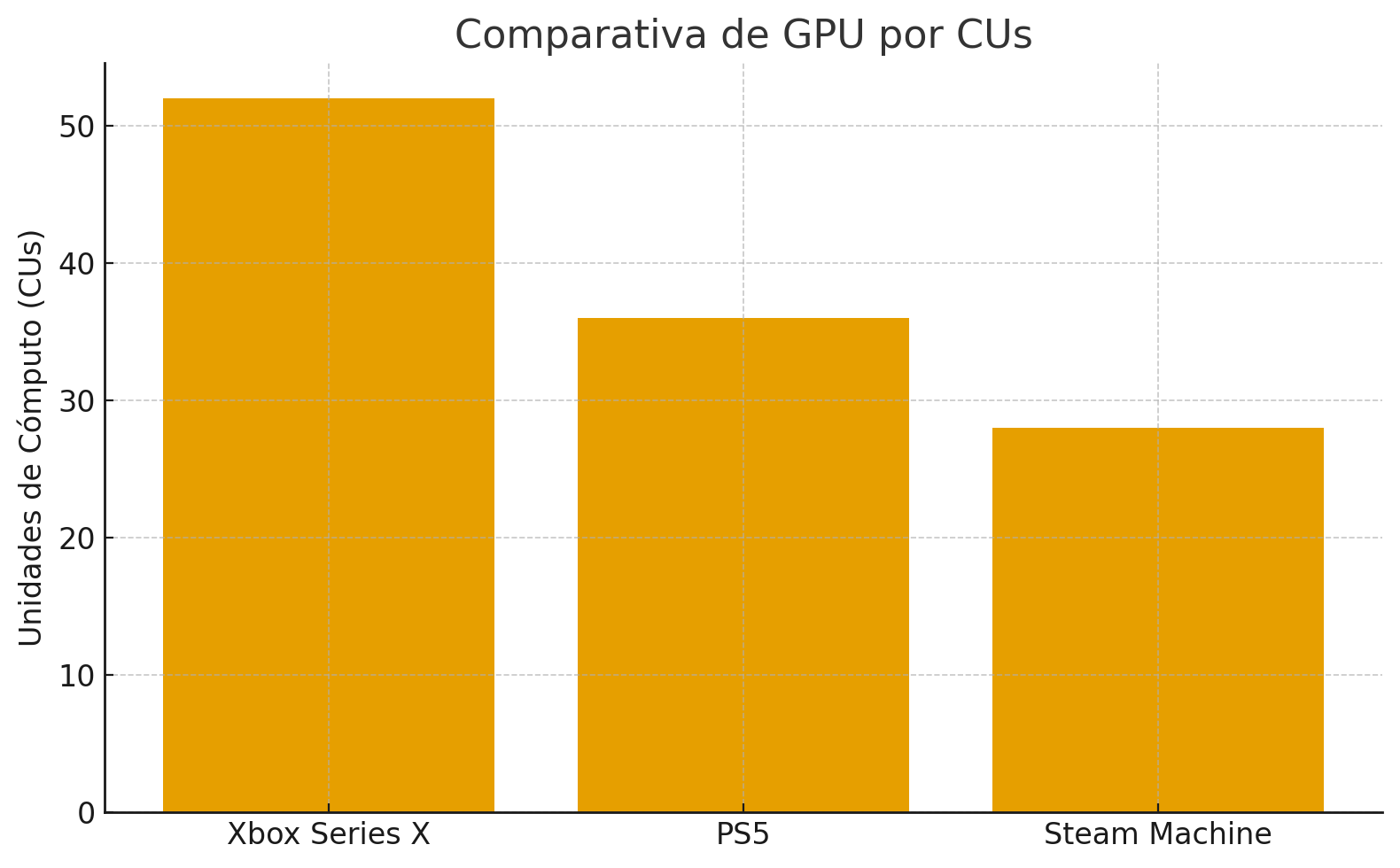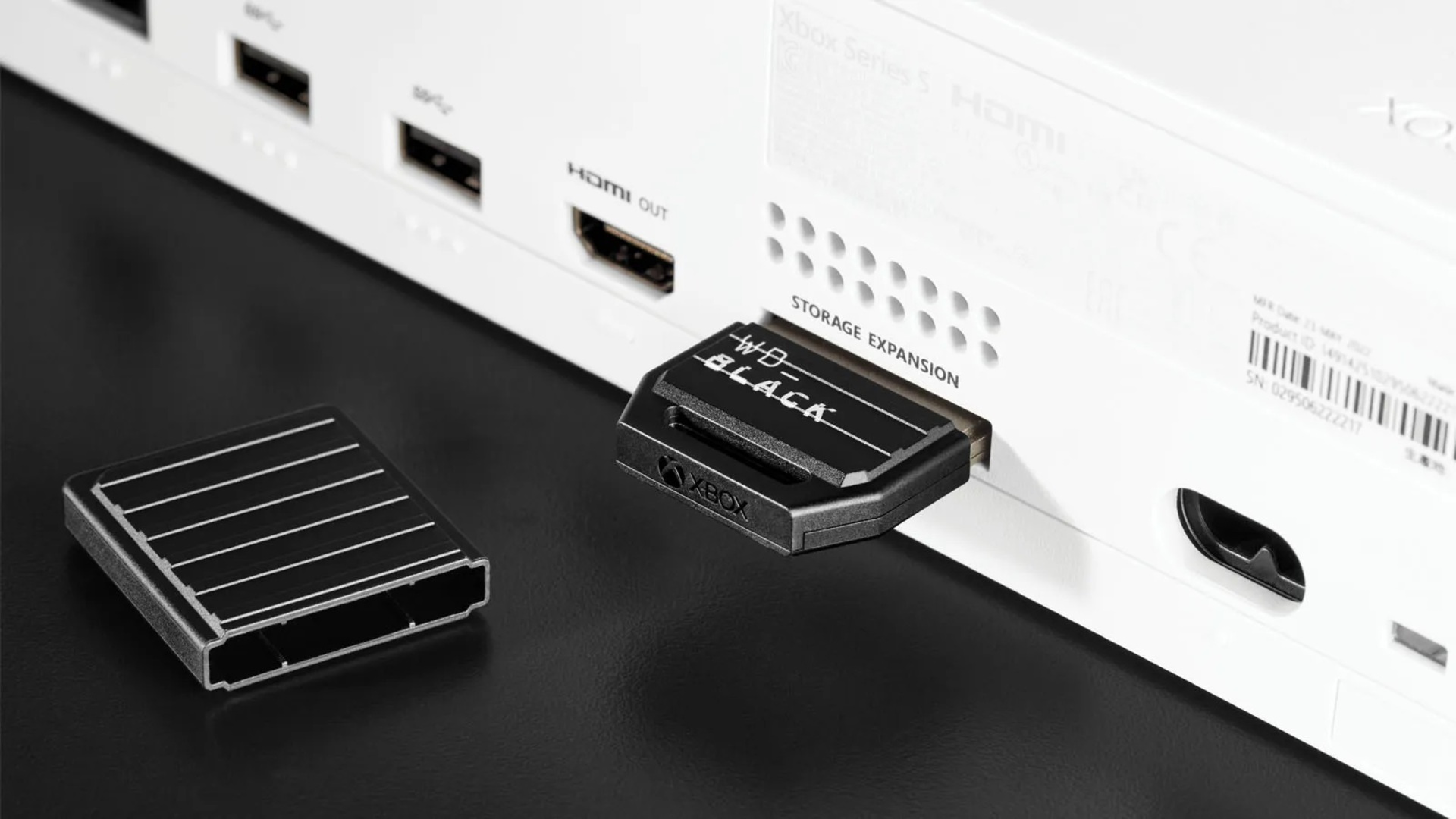Thus the Xbox Series X, PS5 and the new Steam Machine are compared: one surpasses the others.
More stories in the category Slider
- The new Steam Machine surprises with an internal design as compact as that of Xbox Series X
- New Valve console: this is how Phil Spencer has reacted and what it could mean for the new Xbox
- The 2 TB Xbox Series memory SSD card almost at the price of the 1 TB one
| Don't miss anything and follow us on Google News! |
Valve has introduced its new Steam Machine, a mini PC that directly targets the console market with a surprising spec sheet. The idea is clear: desktop performance in a tiny format, and a thermal system that draws heavily from the Xbox Series X approach.
For many gamers, the question is inevitable: how does this new proposal stack up against current consoles? And the truth is that, at least on paper, Valve has put forward an attractive hardware offering, with a curious balance between raw power and ultra-compact design.
Technical Comparison: Steam Machine vs Xbox Series X vs PS5
| Feature | Steam Machine (Announced) | PS5 | Xbox Series X |
|---|---|---|---|
| CPU | AMD Zen 4 (6C/12T) | AMD Zen 2 (8C/16T) | AMD Zen 2 (8C/16T) |
| Max CPU Frequency | 4.8 GHz | 3.5 GHz | 3.8 GHz |
| GPU | AMD RDNA 3 (28 CUs) | AMD RDNA 2 (36 CUs) | AMD RDNA 2 (52 CUs) |
| Max GPU Frequency | 2.45 GHz | 2.23 GHz | 1.825 GHz |
| Theoretical Power | Aims for 4K/60 FPS | 10.28 TFLOPS | 12.15 TFLOPS |
| Memory | 16 GB DDR5 + 8 GB GDDR6 (24 GB total) | 16 GB GDDR6 unified | 16 GB GDDR6 unified |
Steam Machine Competes, but Xbox Series X Remains the GPU Reference
The most striking aspect of the chart is how Valve has opted for a very fast Zen 4 CPU, which puts Steam Machine above the competition in terms of frequency, although not necessarily in terms of core count. However, when the comparison shifts to the GPU, Xbox Series X maintains its lead thanks to its 52 CUs, placing it ahead of PS5 and Steam Machine in terms of raw graphics capability.

Valve compensates for this difference with a hybrid approach that combines PC and console elements: FSR, combined memory, and a compact thermal system inspired by Series X, which moves air vertically and maintains performance without issues. For a 16-centimeter cube, the proposal is more than notable.
If the choice depends on graphics power, Xbox Series X remains ahead. If you’re looking for versatility and a compact format, Steam Machine plays in its own league.






